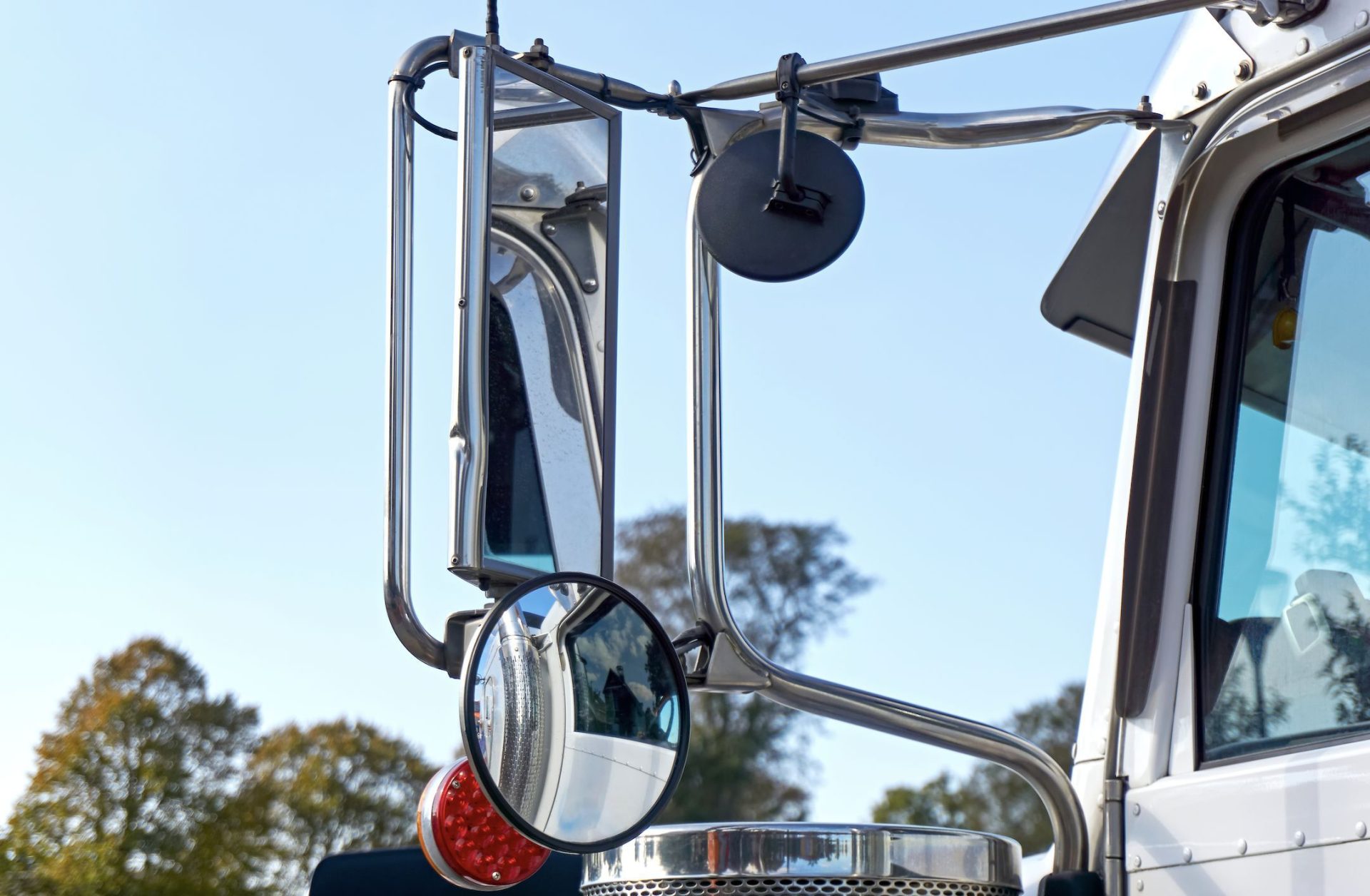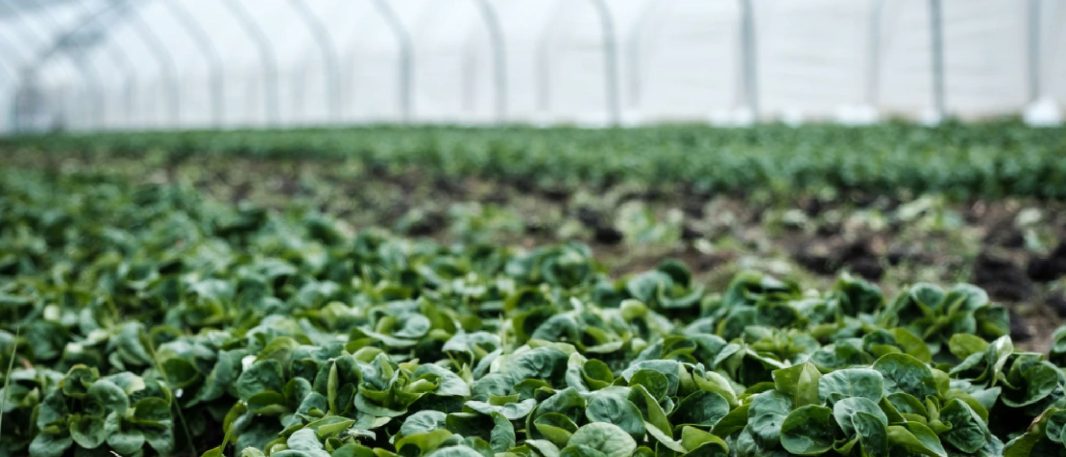Are you confident that when it comes to your supply chain technology, you’re totally on top of everything? If you answered with either an unconfident ‘yes’ or a despondent ‘no’ – this one is for you.
We know the challenge. Your systems to manage supply are already ‘baked in’ to the business. That spreadsheet written by that guy in ops when you were smaller works kind of fine, doesn’t it? Or are you worried that he’ll one day leave the business and nobody will know how to add another warehouse into that spreadsheet? I’ve heard Excel VBA programming for Dummies is on sale at Amazon at the moment!
Are global leadership are trying to push an outdated monolithic system on your region – taking 3 years to roll out and removing your supply chain agility. That dream your marketing team had of quickly spinning up new product lines for test and learn trials? Yeah, that’s not happening anymore.
You might have gone about tackling legacy systems or even been through a full operational revamp that never came to anything in the past.
We believe there is an easier way. But first – what kind of problems indicates you might have supply chain blind spots, caused by technology?
Manual Systems and Processes
The first sign that there are significant blind spots is that you are pulling up that Excel spreadsheet.
As people enter and leave the business, they may have implemented their own technology “solutions” – spreadsheets. Communications between incompatible systems can usually be accomplished, but with workarounds, the results of fragmentation of approach is one where the data (be that a customer request for a kerbside drop off through to an alert about low availability of the food you planned as a special) – is not talking to your other systems.
Not only are such things chaotic to work with, but it also means that fundamental decisions may be based on incomplete or even incorrect information as the potential for human error creeps in. E.g. accidentally sending the wrong ‘final’ spreadsheet (was it productionsheetv1.2FinalfinalFINAL.xls or productionsheetFinalfinalFINALREALLYFINAL.xls?!).
The pandemic effort highlighted this gap for many businesses, which had previously handled day to day operations perfectly, who then struggled to adapt at speed.
Inefficiencies in legacy systems
Even some of the biggest businesses in the world still manage to sneak spreadsheets into their work, and this can be catastrophic. A University study on corporate use of spreadsheets found that 94% of spreadsheets have errors and that on average there is an error in one out of every 20 cells within a spreadsheet. When you’re dealing with food, logistics and the supply chain, those errors can cost. It also represents an issue around data breaches – and each breach costs a company around £3.04 million, according to the “2018 Cost of a Data Breach Study”. Certainly, food for thought!
The cost of incompatible tech
The cost of incompatible technology comes to a business in many forms, from additional materials purchased at a higher rate, incorrect bills of material, unpredictable inventory levels, accidental stockpiling all the way through to production errors or missed delivery dates – but the worst consequence of all of this, beyond profit and peeved customers must be the food waste. Incompatible doesn’t just mean a system that doesn’t integrate with your POS for example – does it integrate with your human processes? Information technology should enable positive change, not drive change because that is the way the tech comes out of the box.
4.8 million tonnes of food is wasted in the UK’s supply chain alone, in one year. (That’s hard to conceptualise, so we always refer to the HMS Lancaster, which is 2,000-tonnes.)
Food waste has never been so high on the agenda for us all to tackle. While we have celebrated the recent increase in food technology that helps improve land productivity, farming practice and even to genetically grow food, it’s still a fact that the losses from food waste overstretch the gains made in finding new production methods.
While we aim as a society to move towards our targets, with big businesses being held to account (or at least, encouraged to take account) we believe that it is when organisational processes have all been added individually and don’t work in harmony that blind spots can occur, which is a direct or indirect cause of this waste.
Simply, if you manage supply chain technology, you have an opportunity to change this for the better.
How to change your supply chain tech
The world keeps turning, and there is never a good day to throw everything out and start again. Many businesses need their supply chain technology to be highly customised and to make ongoing changes. For some, that means the implementations are simply too big of a project – and never meet fruition. Yet as we have shown, when it comes to technology, consistency and communication is key.
That’s why we made Orderly. Our solutions can introduce consistent control into your businesses, with all the benefits of a complete operational system, without the burdens of an overhaul you’ve considered before. Our smart technology is designed specifically for the food and beverage industries and can fill the gaps that you have – whether that’s eliminating manual sharing of information, improving integrations, forecasting or simply meeting your food waste reduction goals.
Whatever the challenge, talk to us.







